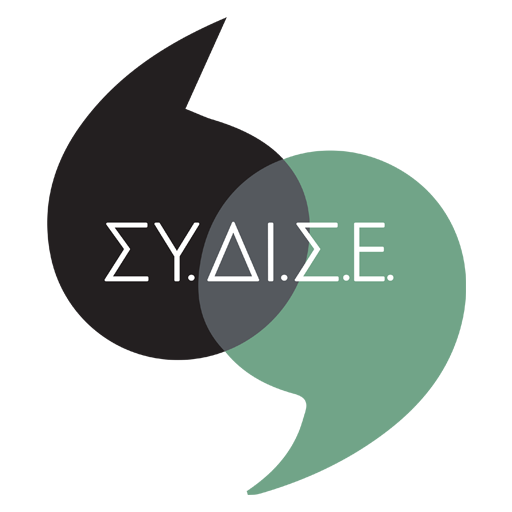Conference interpreting deals exclusively with oral communication : rendering a message from one language into another, naturally and fluently, adopting the delivery, tone and convictions of the speaker and speaking in the first person.
Conference interpreting
What types of conference interpreting are there?
There are four different kinds of interpreting :
Consecutive: interpreting after the speaker has finished his speech…
Simultaneous: interpreting while the delegate is speaking…
Whispering: whispered simultaneous interpreting…
Sign language: simultaneous interpreting into sign language…
What is consecutive interpreting?
Interpreting after the speaker has finished.
The interpreter sits with the delegates, listens to the speech and renders it, at the end, in a different language, generally with the aid of notes. In the modern world consecutive interpreting has been largely replaced by simultaneous, but it remains relevant for certain kinds of meetings (e.g. highly technical meetings, working lunches, small groups, field trips).
Well-trained interpreters can render speeches of 10 minutes or more with great accuracy.
What is simultaneous interpreting?
Interpreting while the delegate is speaking.
The interpreter works in a soundproofed booth with at least one colleague. The speaker in the meeting room speaks into a microphone, the interpreter receives the sound through a headset and renders the message into a microphone almost simultaneously. The delegate in the meeting room selects the relevant channel to hear the interpretation in the language of his/her choice.
There are many different possible configurations of languages or language regimes.
Subcategories of simultaneous interpreting:
Relay: interpreting between two languages via a third language…
Retour: working from your mother tongue into a foreign language…
Pivot: using a single language as a relay…
Cheval: An interpreter working alternatively in two booths in the same meeting…
Asymmetric: All delegates listen to interpretation into only a few languages…
What is whispered interpreting?
Whispered Simultaneous Interpreting.
The interpreter is seated or standing among the delegates and interprets simultaneously directly into the ear of the delegates.
Whispered interpretation or “chuchotage” can be used only for very few delegates sitting or standing close together. It is used mainly in bilateral meetings or in groups where only a few delegates do not share a common language.
Whispering is often used instead of consecutive in order to save time. Sometimes, the whispering interpreter will use a headphone in order to get the best possible sound from the original speaker.







